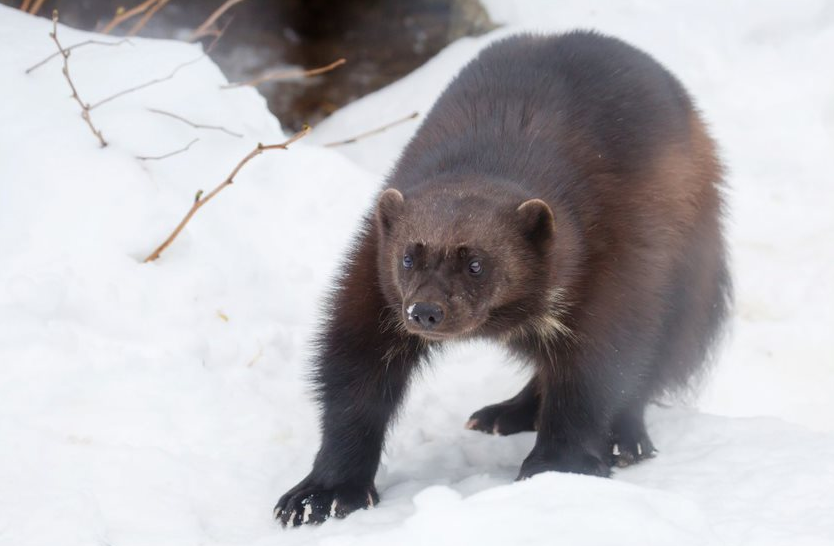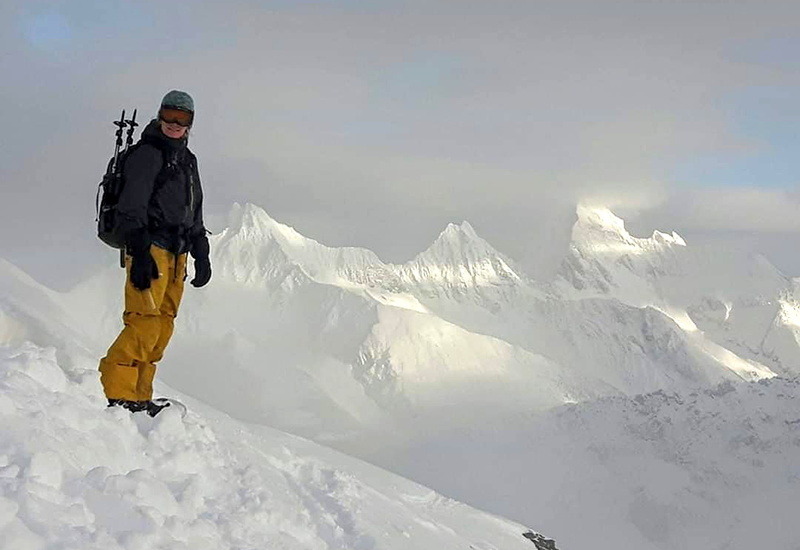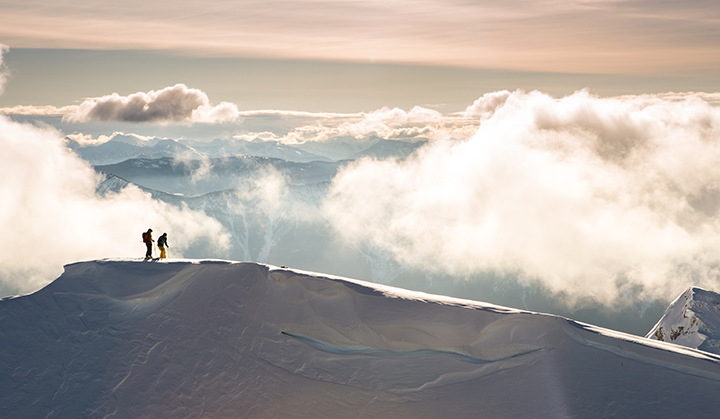Just as ecosystems need biodiversity, conservation needs diverse perspectives
In an ecosystem, plants, animals and other organisms, as well as weather and lands, all interact forming a bubble that is bursting with all kinds of life.
Ecosystems are incredible; they are resilient, efficient and rely on the interactions of all parts to function. That’s why ecosystems need a diversity of organisms, and human systems need diversity of people, perspectives and knowledge.
The ecosystems and habitats across the Yellowstone-to-Yukon region are varied – from Arctic tundra, to inland temperate rainforest, to gravel-bed river floodplains.
By protecting the health of these places, we are also keeping people healthy. But for people and nature to thrive, we must work together. We need to listen to one another, and sometimes, put aside our differences to reach common goals.
Because Y2Y’s work spans 3,400 kilometers (2,100 miles) from Yellowstone to Yukon, it’s important that we work with others and engage with the diverse voices, individuals and groups across this region.
Y2Y and our partners deliver the best available science and/or knowledge in order to guide policies and actions that lead to lasting conservation outcomes. In this work, having different perspectives ”around the table” is not only important, it’s essential, says Y2Y’s conservation scientist Dr. Aerin Jacob.
“When learning about how to best conserve a species or place, you can’t always rely on one measurement or one approach,” says Aerin.
“Engaging with a range of perspectives, backgrounds, and people who experience the world in different ways strengthens science, and strengthens what we do with that information.”

Wolverine conservation is a great example of why a combination of perspectives and people’s backgrounds are crucial to succeed. The wolverine is a species extra-sensitive to human disturbance. They occupy massive territories, with male wolverines having home ranges of up to 579 square miles (1,500 square kilometers)!
Wolverines aren’t often seen, but those spending time in the backcountry may be lucky enough to spot signs, such as tracks, that they have crossed paths with a wolverine – especially in regions such as B.C.’s Upper Columbia where annual snow pack reaches impressive depths.
Deep snow that lasts into the spring is vital for wolverine denning; it’s also desirable for backcountry recreation like skiing and snowmobiling.

Because our mission is all about helping wildlife and people thrive, it’s important we work with partners to find solutions for both animal and human snow-lovers!
A wide range of people – including backcountry recreationists, trappers, landowners and others – play a crucial role in wolverine research and conservation through reporting their wolverine sightings. It is thanks to the hundreds of reports submitted to our research partners at Wolverine Watch that we know far more about where wolverines reside, den and raise their kits. If you were one of those people, thank you!
Calling backcountry recreation-lovers in southeastern B.C.!
This year, Y2Y is kicking off a new project called Wildlife-Wise, which involves a series of educational workshops and communications. The project seeks to support backcountry recreationists in the Columbia Basin in being responsible stewards and feeling empowered to ensure vulnerable species such as wolverine and mountain caribou are safe from harm. Keep an eye on our website and social media channels for more information about Wildlife-Wise, launching fall 2020.
People seeking ‘pow’ are not the only ones stoked about helping wolverines. In April 2020, Y2Y virtually convened researchers and government representatives from B.C., Alberta and the Yukon – all experts in wolverine science and conservation. The group discussed the latest science on this elusive creature, and the threats and challenges facing wolverine across western North America, as well as the opportunities for management and protection.
“It may be harder to read reactions on Zoom calls these days, but the enthusiasm for wolverine conservation in the ‘room’ was undeniable,” says Y2Y’s Upper Columbia program manager, Nadine Raynolds.
“People listened and shared knowledge, and we discussed how we could work together towards a shared goal of ensuring the amazing wolverine can continue to thrive in the mountains of B.C.”
These are just a few examples of the ways that you are bringing people and diverse perspectives together to help species in need across the Yellowstone-to-Yukon region.
To continue supporting wolverine conservation, we encourage you to keep learning and using your voice!
Be a part of wolverine research in southeastern British Columbia
Watch the ‘Chasing a Trace’ film


